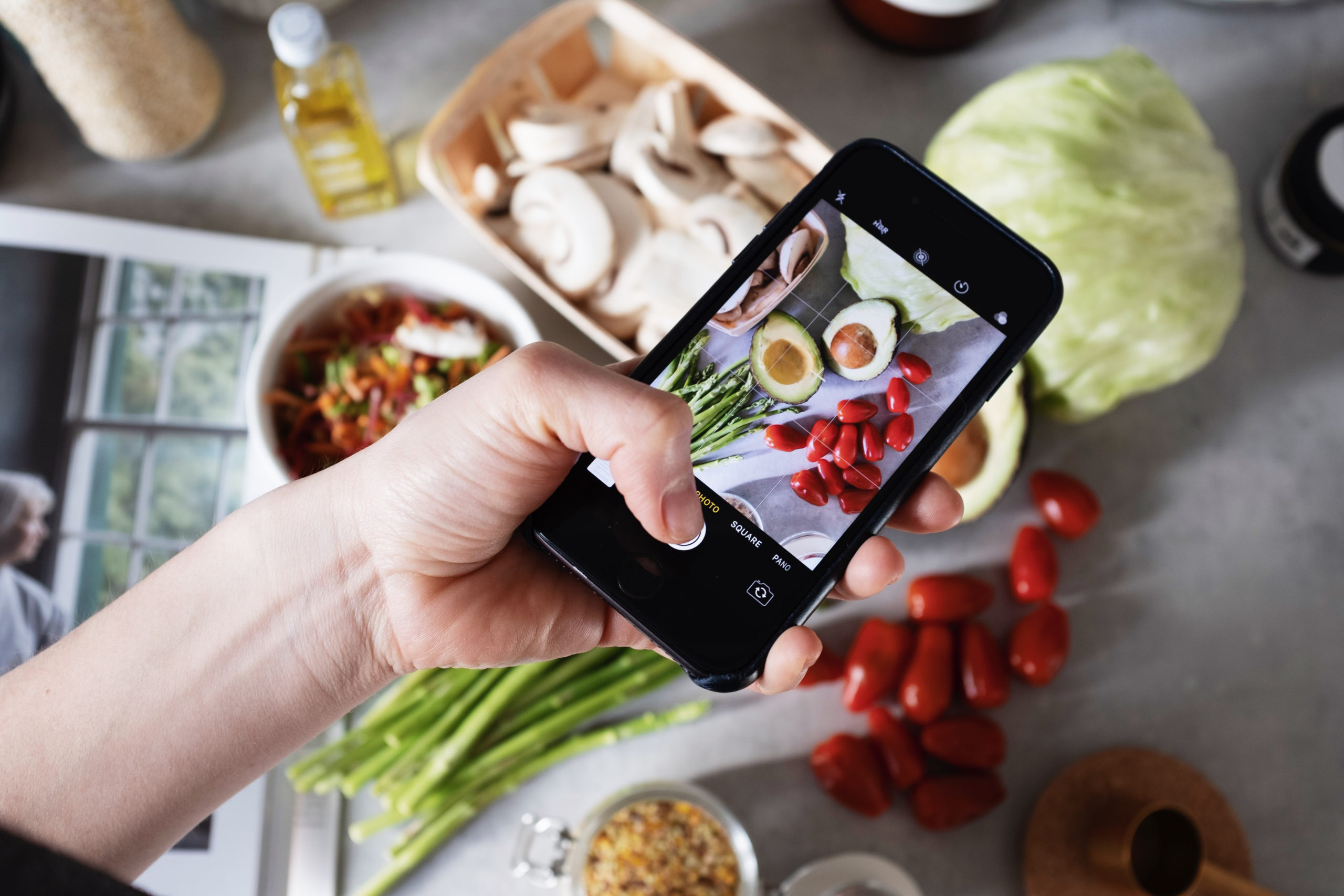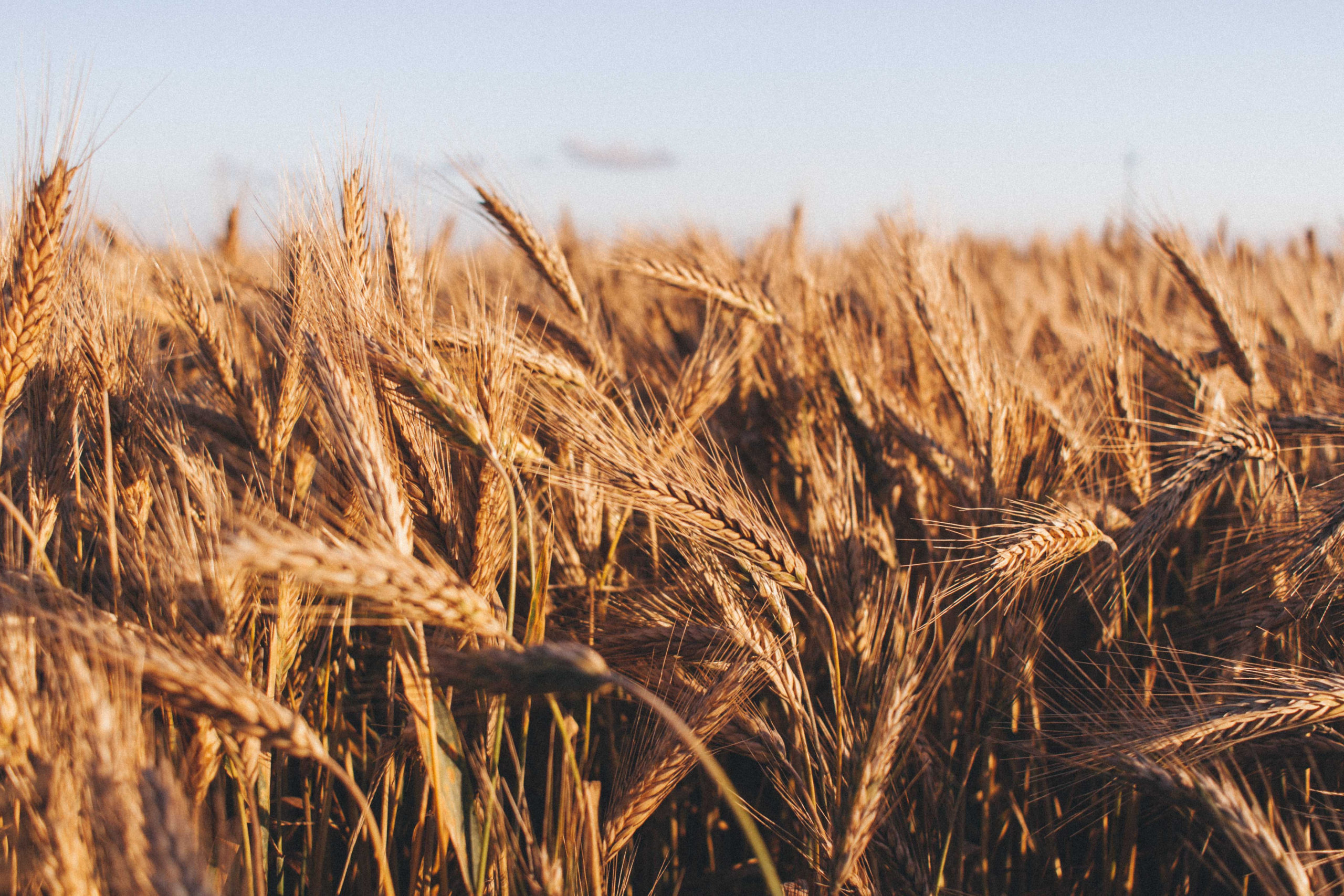Pumpkin 101
It’s that time again – It’s pumpkin season! From pumpkin spice lattes to pumpkin pie, pumpkin is everywhere this time of year. Read on for more reasons to include pumpkin in your lineup this fall (as if we needed them!)
Pumpkin is a member of the squash family and its cousins include cucumbers, zucchini, summer squash, butternut squash and melons. Pumpkin is technically a fruit since it contains seeds but is often classified as a vegetable due to its low sugar content.
Nutrition
1 cup cooked pumpkin contains 50 calories. It also has a 3 grams of fiber and is low glycemic at 12 grams total carbs.
1 cup of cooked pumpkin contains nearly half of your daily requirement of Vitamin K, 20% of Vitamin C, 16% of potassium, and 8 % of iron. Additionally, it contains rich amounts of beta-carotene which is a powerful antioxidant and precursor to Vitamin A.
Pumpkin seeds are high in zinc which is important for immune, cellular tissue repair and thyroid support.
Benefits
Pumpkin isn’t just a pretty decoration. Eating pumpkin has it’s many benefits. Read below to find out all the ways pumpkin can support your overall health.
Heart Health
Consuming fiber rich foods and plant polyphenols high in antioxidants like beta carotene has been shown to protect against heart disease risk. One study found that higher serum beta carotene levels were associated with lower rates of cardiovascular disease and stroke in men during a thirty-year period. This may be because antioxidants help protect against oxidative damage of cholesterol that may lead to atherosclerosis.
Immune Health
Vitamin A, Vitamin C and Zinc are all nutrients that are important for immune system regulation, white blood cell production and gene expression of immune cells. Vitamin A also plays a role in helping to regulate the integrity of the intestinal lining. In fact, most of your immune system is actually found along the intestinal tract in tissue called gut associated lymphoid tissue (GALT). Including pumpkin in your diet may help keep your immune system functioning optimally.
Eye Health
Beta carotene helps the retina absorb light and may protect against macular degeneration through its anti-inflammatory properties. Consuming lots of colorful fruits and vegetables and especially those that are yellow, orange and red can help keep your eyes healthy!
Metabolic Health
Antioxidants may protect against metabolic syndrome by protecting cellular function as they scavenge free radicals. Free radicals are unstable molecules in the body that cause inflammation and cellular damage. Metabolic syndrome is a constellation of symptoms that include low HDL cholesterol, large waist circumference, elevated triglycerides and high fasting blood sugar. Any three or more of these signs together are linked to higher rates of cardiac disease and diabetes.
How to eat more pumpkin
We recommend using pumpkin in a whole, unprocessed form to reap the most benefits. The easiest way is to buy organic canned pumpkin or roasted pumpkin seeds. Try to limit or avoid store bought pumpkin flavored baked goods like muffins, pies and cakes as well as pumpkin syrups or candies. They tend to contain little real pumpkin and are filled with refined sugars. Instead, try to make your own pumpkin flavored treats with 100% canned pumpkin and pumpkin pie spice. Here are some other great ideas on how to incorporate more pumpkin:
- Chili
- Curries and other sauces
- Roast pumpkin seeds for a crunchy snack
- Baked goods – muffins, cookies or pancakes
- Stir into overnight oats or yogurts
- Sprinkle pumpkin pie spice and cinnamon into coffee grounds for a pumpkin infused coffee that will rival any PSL
Here are some of our favorite pumpkin recipes:
Pumpkin is great for breakfast, lunch or dinner and adds a punch to any meal! A can of pumpkin goes a long way. And don’t forget to use up those seeds from carving pumpkins! We love adding to salads or on top of soups. They also make a great high fiber snack on its on or added to your favorite trail mix.
Black bean and Pumpkin Enchiladas
Happy Fall and Happy Pumpkin Eating!



